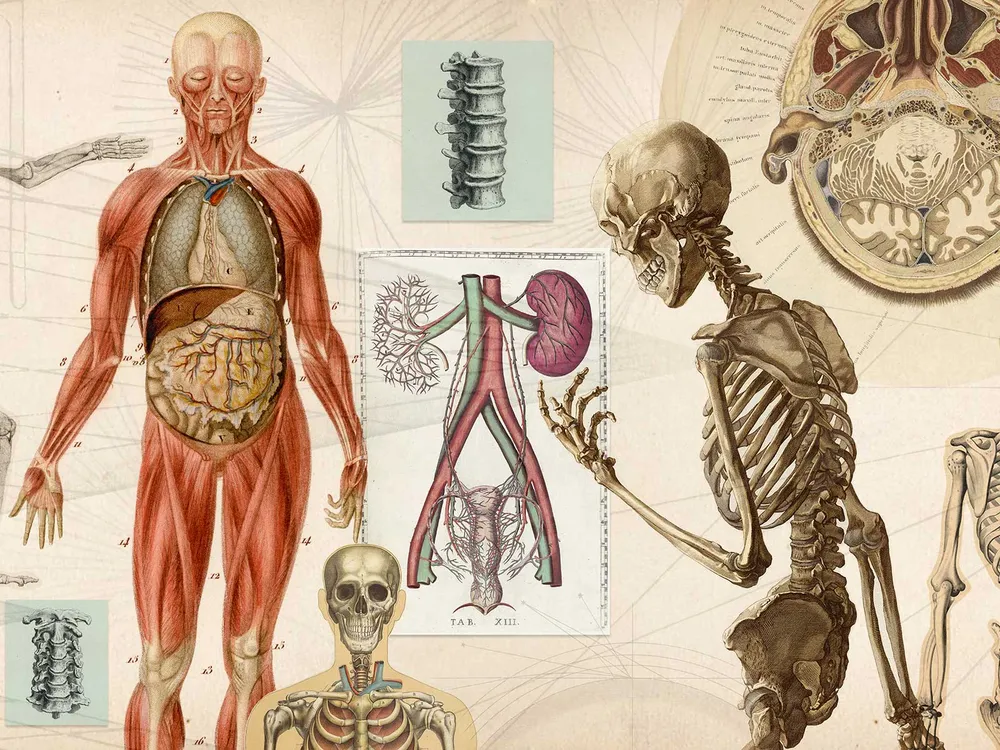The study of skeletal anatomy is a cornerstone in medical education, offering insights into the complex mechanisms that underpin human structure and movement.
A deeper understanding of various skeletal components is important for medical students, as it lays the groundwork for clinical expertise in fields such as orthopedics, radiology, and endocrinology. Among these components, the epiphyseal plate holds particular significance due to its unique characteristics and role in the skeletal system.
Question
Which statement is true for the epiphyseal plate?
A) It is the primary site of longitudinal long bone growth
B) It remains cartilaginous throughout an individual’s entire lifespan.
C) It is only found in short bones
D) It is the primary site of bone width growth
E) It is filled with adipose tissue
This question invites you to examine the epiphyseal plate more closely. It’s an opportunity to apply your anatomical knowledge to discern the specific nature and function of this vital structure. As you consider the options provided, think beyond the textbook definitions and focus on integrating this knowledge with clinical reasoning and diagnostic skills.
Explanation
The epiphyseal plate, commonly known as the growth plate, is the primary site where the bone grows in length.
The epiphyseal plate is made of hyaline cartilage and is found in the metaphysis at each end of long bones. This plate is only found in children and adolescents and is replaced fully by bone tissue by the time growing stops. This is usually between 14 and 17 years of age. It occurs earlier in girls, as early as 12 years old.

Here is why the other answers are not correct:
It remains cartilaginous throughout an individual’s entire lifespan: As mentioned earlier, the epiphyseal plate eventually ossifies and becomes the epiphyseal line once bone growth in length is complete, typically after adolescence.
It is only found in short bones: Epiphyseal plates are found in long bones, not short bones. They are responsible for the longitudinal growth of these bones.
It is the primary site of bone width growth: The growth in the width of bones is primarily due to appositional growth at the periosteal surface, not at the epiphyseal plate.
It is filled with adipose tissue: The epiphyseal plate is primarily made up of hyaline cartilage, not adipose tissue.
This question and explanation were taken from the MedBrane app, which is designed to help medical students prepare for their exams. Explore thousands of questions covering a range of clinical and pre-clinical subjects. Utilize detailed analytics to track your progress and identify areas where you need further study. Install the app for iOS or Android.
